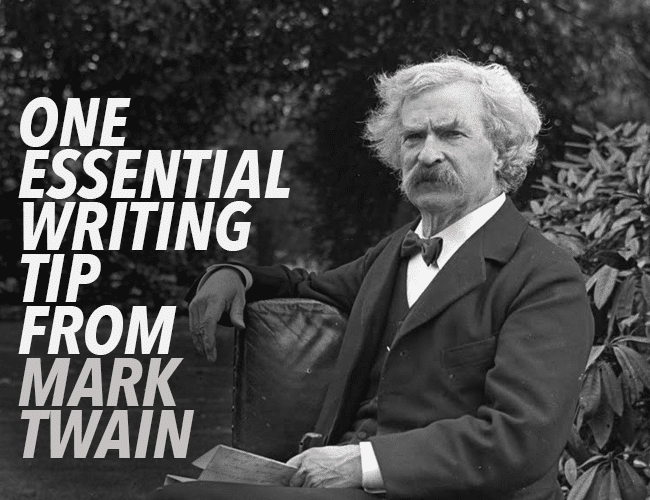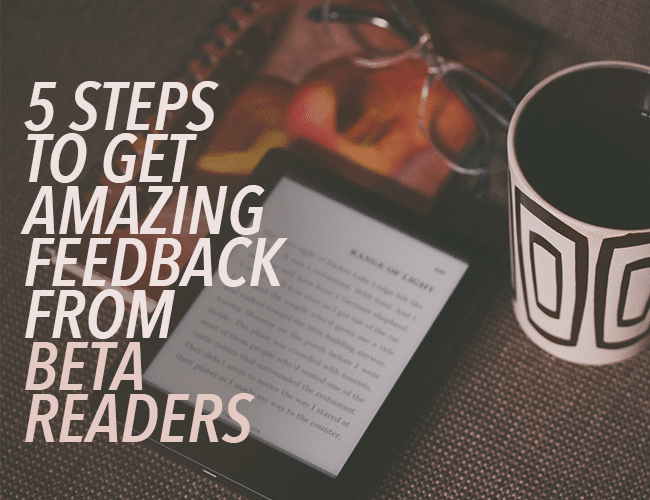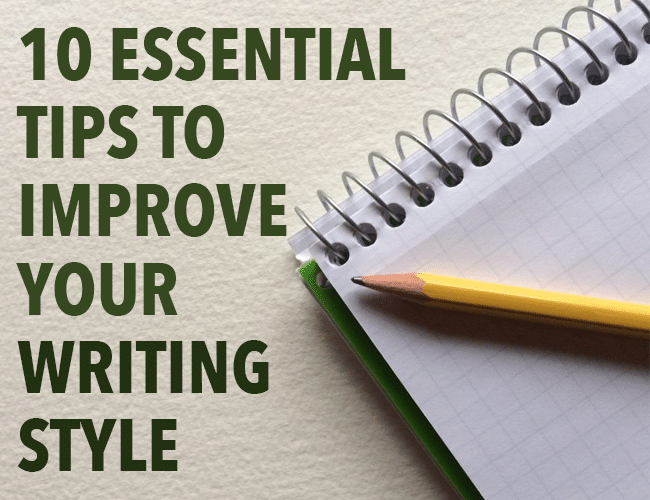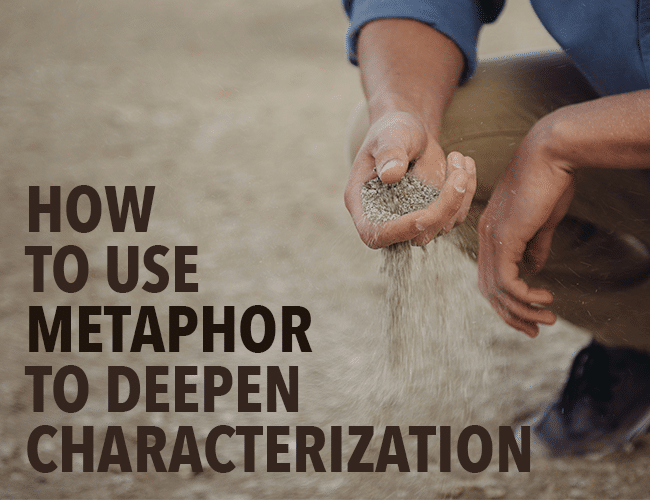
by Sue Weems |
Mark Twain is one of my favorite writers. When I read his essays last year, I came across a bit of revising gold in a 1906 essay titled “William Dean Howells.” Most of the essay praises Howells’s prose in general, but the final paragraphs address what Twain calls “stage directions.”
In a play, stage directions are only visible to the audience through the movement and actor’s inflection during the performance. In a novel, we rely on description to set scenes, give context, and deepen characterization. When done well, stage directions don’t distract from the character or action.
When done poorly, however, Twain has something to say about them.

by Guest Blogger |
When you’ve finished a book, you feel like a hero. The work may have some warts, but it’s yours, and it’s done! The next step is to test it out on some readers and see how well the book works. This is called Beta Testing (or just “beta-ing”) your book.
Reader feedback can teach you a lot, but it can also be hard to filter the signal from the noise. The key is learning how to process that feedback so you can make productive edits. Today I’ll teach you how I learned to do this.

by Pamela Fernuik |
I have a one-hundred-and-five-page book. It weighs four ounces. The Boston Globe thinks that “No book in shorter space, with fewer words, will help any writer more than this persistent little volume.” The Elements of Style by Shrunk White and E.B. White is as elemental to a writer as practicing scales is to a pianist.

by Guest Blogger |
As a prose writer, I try to suss out where I can deepen and expand my stories, transform a limping clause into a sure-footed guide. Sometimes, as in the preceding sentence, I find metaphor to be the most efficient and evocative tool in my writer’s gym bag.
Metaphor, by conflating two unlike things—often an abstraction like love and a concrete object like a rose (thank you, Shakespeare)—invites readers to connect with our stories via the boundless power of imagination. Or, as James Woods says in How Fiction Works, “[m]etaphor . . . is the entire imaginative process in one move.”
In other words, metaphor helps our stories run smoothly, with steady footing across even the rockiest of terrain, bringing our readers to those stunning vistas seen only from mountaintops.

by Guest Blogger |
I am not a poet but I read poems regularly. Their succinct and succulent lines transform the way I see the world around me, fill my head with color and sound and taste and most important of all to me, emotion. And all without lots of words.
If you can’t quite say what you’re getting at, playing with metaphor-making may unlock your voice and expand your piece. And even if you don’t think you need metaphors for your writing, metaphor-making may unlock new ideas for you.

by Guest Blogger |
If you’re anything like me, you hope in your heart of hearts that your writing will reveal a Great Truth to your readers, that it will open a doorway to compassion and understanding that will ripple out to change the world. Ah!
The authors who have been most effective in ushering me to that doorway are those whose writing reveals connections between images, ideas, and sensations I otherwise would have missed. Like Annie Dillard’s terrific simple line: “The air bites my nose like pepper.”
How did Dillard come up with such a lively sentence, one that bridges two physical sensations (cold and biting) and scent (pepper)? And how can we play around with unlike sensations to create similes that shine?





